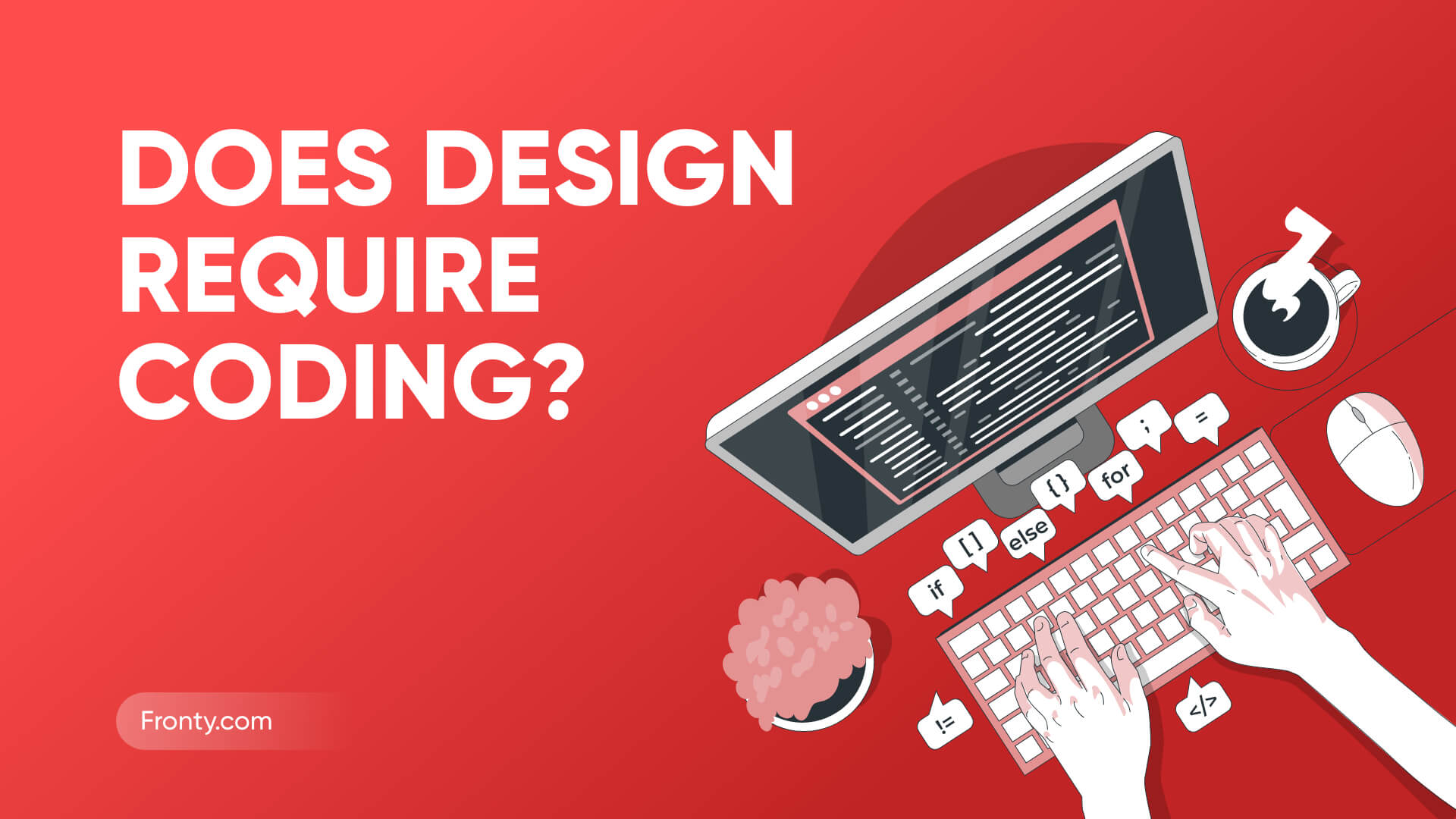How Much Coding Should Designers Know
Jul 20, 2025 8132 seen
Now we live in a time when designers force themselves to become unicorns. Start a podcast. Become a "thought leader", whatever it is. To stand out in a saturated market, designers must broaden their skill set. One of the most sought-after talents in programming. A huge part of the design community is arguing over whether designers should write code. Some choose to look for unicorns that can do both, while others claim they don't exist or are just getting in the way.
Many designers think that designers and developers should collaborate, but each discipline should stick to what they know. Many developers view designers who write code as a threat, while others see them as welcome employees who have learned to speak their language.
The Benefits of Knowing Basic HTML/CSS
HTML and CSS require no programming. The letter M in HTML stands for markup, a way of describing the coded structure of page elements, which are the building blocks of pages. HTML with CSS and JavaScript form the triad of foundational technologies for the World Wide Web. Designers will greatly benefit from acquiring some fundamental knowledge of what is called a "front end" driven by HTML and CSS and may be surprised at how easy it is to learn the basics. HTML is the skeleton of a page, and CSS is the height, body shape, skin, etc. The language has a very simple code structure that defines typography, colors, positions, and sizes.
The Benefits of Knowing Basic Javascript
In the early 2000s, when the Internet was still developing, agencies such as Fantasy and Firstborn made a big impression on the web design community by taking advantage of JavaScript in unusual, innovative, and creative ways. JavaScript can update and modify both HTML and CSS and can calculate, process, and validate data. It can be used to display dynamic interactions, animate elements, create responsive back-end or server-side communication, and more. There is no limit to what can be done with JavaScript in front-end development. It is a programming language: functions, objects, logics, conditionals, mathematics, mathematics, and more, which can be a little tricky for some. But learning to do this is not difficult, especially considering what most clients require.
UX Designers Do Not Have To Code

For designers, the pressure of the code has decreased. The design field has matured. UX recruitment continues to grow. Salaries for designers remain stable. And design has finally taken its place at the proverbial table. Companies now understand that customer focus is a competitive advantage. This understanding has been reflected in companies investing more in UX design. Verdict: UX designers don't need to code. This can be a competitive advantage, but it is far from necessary.




